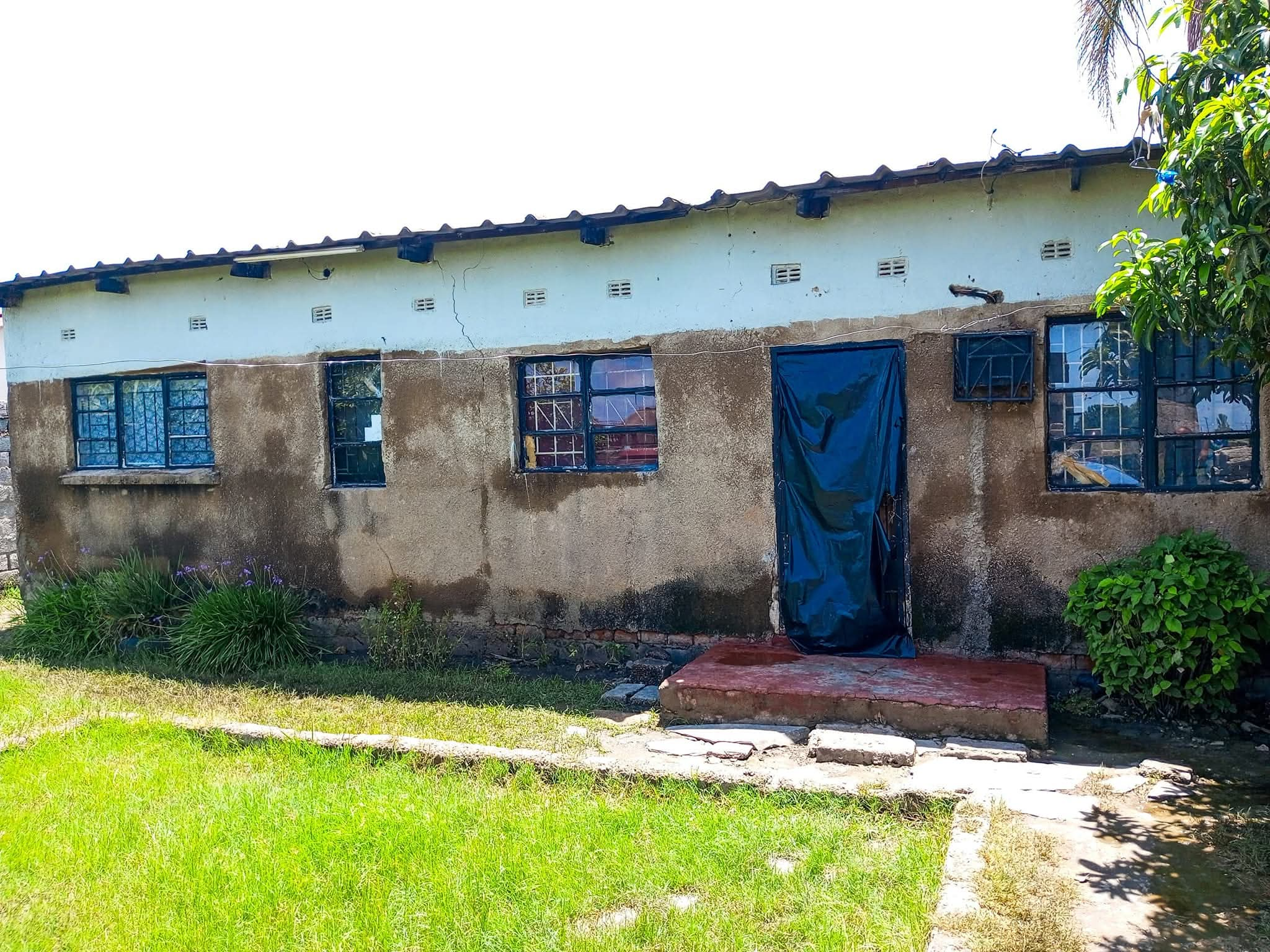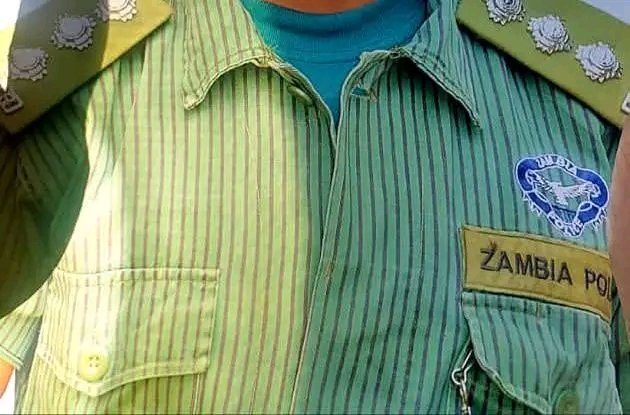CHILLING forensic evidence has emerged in the ongoing murder trial of slain Independent Broadcasting Authority (IBA) Director General Guntila Muleya, suggesting that fingerprints lifted from Muleya’s abandoned vehicle match those of one of the accused, systems engineer Samuel Dokowe.
https://www.facebook.com/share/p/1F7mNKPjK7/?mibextid=wwXIfr
Four men, police officers M’Thusani Dokowe (29) and Caleb Zulu (30), a systems engineer Samuel Dokowe and accountant Francis Chipyoka (42) , are jointly charged with the murder of Muleya, whose lifeless body was found handcuffed and riddled with gunshot wounds at Napsa Complex in Njolwe, Lusaka, last year.
Testifying before the Lusaka High Court, Inspector Victor Shamapango, a 40-year-old scenes of crime officer based at Emmasdale Police Camp under the Lusaka Division Criminal Investigations Department (CID), narrated how he was assigned to investigate a report of an abandoned vehicle linked to the gruesome killing.
“On July 26 last year, I was instructed by my supervisors to proceed to Chawama Compound where there was a report of an abandoned vehicle at G and Sons garage, behind Choppies,” Shamapango recalled.
“I found the vehicle, a brown Toyota Land Cruiser Prado registration number BAL 5763, cordoned off. Its surface was smooth, and all doors were closed. I took photographs and lifted fingerprints from the door handles, windows, and steering wheel using nine hinge lifters.”
He said the lifted fingerprints were carefully secured in an envelope before the vehicle was handed over to investigators.
Days later, he was informed that suspects in connection with the same case, Zulu, M’Thusani Dokowe and Samuel Dokowe , had been apprehended and he proceeded to collect their fingerprints for comparison.
On August 2, 2024, he collected the prints of the fourth suspect, Chipyoka, and submitted all samples, including the ones from the deceased’s National Registration Card (NRC) to Police Headquarters for forensic analysis.
Weeks later, a report from the Fingerprints Department confirmed a positive match between the prints found in Muleya’s vehicle and those of Samuel Dokowe.
“When I went through the report, I found that one of the hinge lifters had a positive result, it matched the fingerprints of Samuel Dokowe,” he said.
However, during cross-examination,the defence lawyer Sukwana Lukangaba, cast doubt on the reliability of Shamapango’s account, suggesting inconsistencies in his procedure and documentation.
“Did you take any pictures showing that you lifted fingerprints from the car?” the lawyer pressed.
“No,” Shamapango admitted, explaining, “How could I take pictures of myself while lifting fingerprints?”
When challenged that another officer, identified as Hara, might have lifted the fingerprints instead, Shamapango insisted that he personally carried out the procedure.
“You lied when you said you took the fingerprints,” the lawyer alleged.
“No, I did not lie,” he replied firmly.
The court later heard from Detective Chief Inspector Precious Tionge Ngo’nomo, a veteran fingerprint expert based at Police Headquarters with 25 years of experience, who confirmed conducting the forensic comparison.
“Fingerprints are unique, no two people, not even identical twins, share the same prints,” Ngo’nomo testified. On August 8, 2024, I received nine hinge lifters from the abandoned vehicle and fingerprints from the four suspects. After thorough analysis, one of the lifted prints matched that of Samuel Dokowe.”
She explained that the evidence was properly logged in the exhibit register under case number CR-27/07/24, concerning aggravated robbery and murder, and analyzed according to standard forensic protocols.
The defence later sought an adjournment to review the fingerprint report, arguing that inconsistencies in Shamapango’s testimony raised doubts about the authenticity of the lifted evidence.
The trial continues before Lusaka High Court Judge Vincent Siloka.
Kalemba, October 8, 2025





